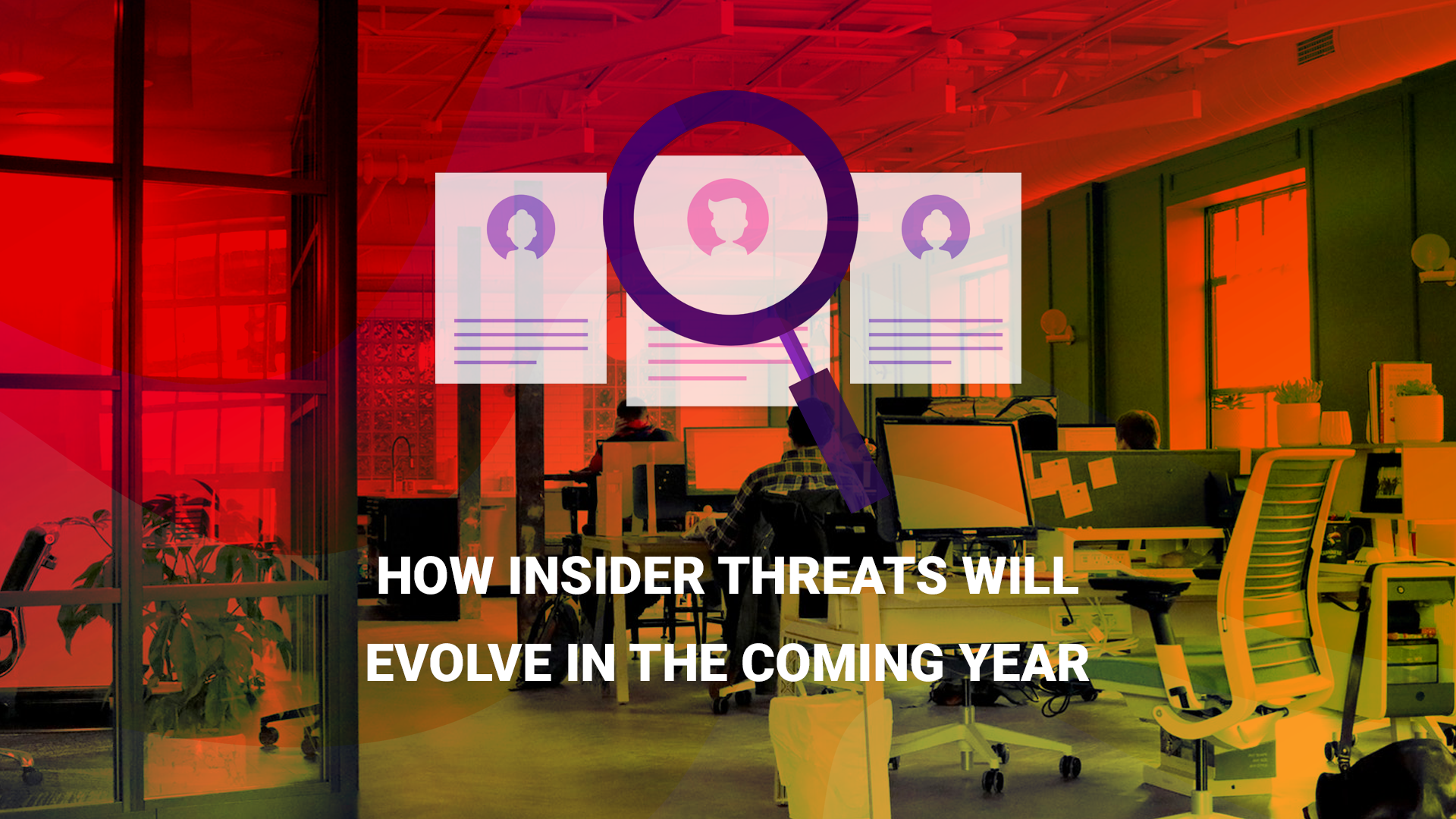Since 2016, the average number of cybersecurity incidents involving employee or contractor negligence has increased by 26%, and by 53% for criminal and malicious insiders (Ponemon).
As we face a heightened risk environment, it will be even more important in this new year for organizations to revisit their insider threat protection strategy to make sure valuable data isn’t leaked unintentionally or maliciously.
With SkyFlok, you can manage your team members’ access to files, communications to clients, and provide your team with a simple file interface to manage their internal and external file needs. You can set roles and restrict access to specific client files to the relevant team members.
SkyFlok also has a cool down period for deleting files, preventing a disgruntled employee from deleting team files.
Since 2016, the average number of cybersecurity incidents involving employee or contractor negligence has increased by 26 percent, and by 53 percent for criminal and malicious insiders. Further, the average number of credential theft incidents has more than doubled over the past two years, increasing by 170 percent (Ponemon). We believe 2019 will be no different. In the coming year, we expect to see a continued upswing in insider threat-related incidents, stemming from advancements in technology, changing workplace demographics and even economic and political tensions.
Here are four ways we see the insider threat landscape evolving in 2019:
The cost of malicious insider threat – related incidents will rise
2019 will be the costliest year to date when it comes to malicious insider threats. International tensions and the hyper-competitive corporate sphere have created an environment that has empowered disgruntled employees and bribed insiders. Between 2016 and 2018, the average number of incidents involving criminal and malicious insiders increased by 53 percent. We believe 2019 will top this and, in turn, be the costliest year for malicious insider threats on record.
5G connectivity will present new challenges
The impending deployment of 5G connectivity as the ability to create a more vulnerable security landscape, particularly as it relates to insider threats. With 5G, both malicious actors and accidental insiders can work faster and export more data in less time. With that, organizations need to take preemptive steps before 5G’s to deployment to make sure their infrastructure is prepared for the new reality of connectivity, speed and data. Refusing to do so will lead to more substantial and costly insider threat incidents in 2019.
New generations entering the workplace will pose additional risk
In 2018 more than one third (34 percent) of 18-24-year-olds reported that they don’t know nor understand what is included within their company’s cybersecurity policy. As such, generation Z and entry level employees with poor knowledge of organizational security will cost companies the most money due to insider threat incidents in 2019, compared to any generation.
Nation state attacks will target critical infrastructure
We expect nation state threats to increase significantly in 2019, particularly targeting critical infrastructure. Critical infrastructure systems are extremely vulnerable to both cybersecurity and physical security risks. State-sponsored threats and high-level hackers are constantly looking to gain access to the critical infrastructure of nations worldwide, with the intent of hitting some of our most valuable systems (national security, public health, emergency communications, and more).







